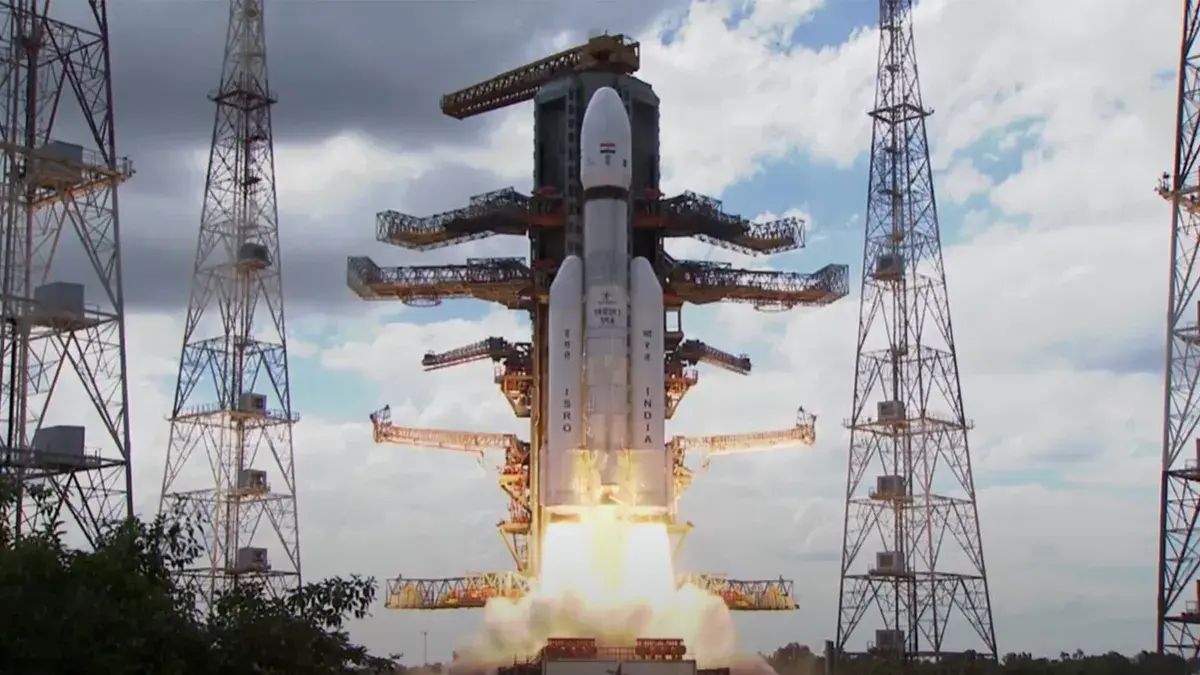India has made significant progress in its mission to land on the moon with the Chandrayaan-3 spacecraft successfully entering lunar orbit. The spacecraft underwent a planned orbit reduction maneuver, effectively bringing it closer to the Moon’s surface. The mission’s target is the unexplored South Pole of the moon, and the anticipated date for the moon landing is August 23.
After completing five to six elliptical orbits around the Earth in a week, the spacecraft successfully entered lunar orbit. This achievement was made possible by utilizing a slingshot maneuver, which propelled it into translunar orbit, where it eventually succumbed to the Moon’s gravitational pull.
As per information from ISRO, the initial orbit-lowering maneuver was successfully conducted on August 6. Following that, the next maneuver is planned to take place on August 9.
To position the spacecraft for a precise landing, a series of at least three lunar maneuvers will be executed. These maneuvers will gradually elevate the spacecraft’s orbit to reach a height of 62 miles (100 kilometers) above the chosen landing site.
As of now, the spacecraft is in an elliptical orbit around the Moon, with an apogee (farthest point) of 6941 kilometers and a perigee (closest point) of 273 kilometers. By skillfully executing these maneuvers, the spacecraft will be meticulously guided to its intended landing spot on the lunar surface.
Furthermore, the agency unveiled the initial visuals of Earth’s natural satellite captured by the spacecraft.
The Moon’s south pole is an unexplored area, making it a prime target for future deep space missions.
Scientific evidence indicates that this region holds a substantial reservoir of ice within permanently shadowed craters. Some of these craters have not received sunlight for billions of years, resulting in extremely low temperatures as cold as -334°F (-203°C).
Moreover, studying these pristine craters could provide valuable insights into the early stages of the solar system. It may also help in supporting human presence on the Moon or enabling further exploration into deeper regions of space.







